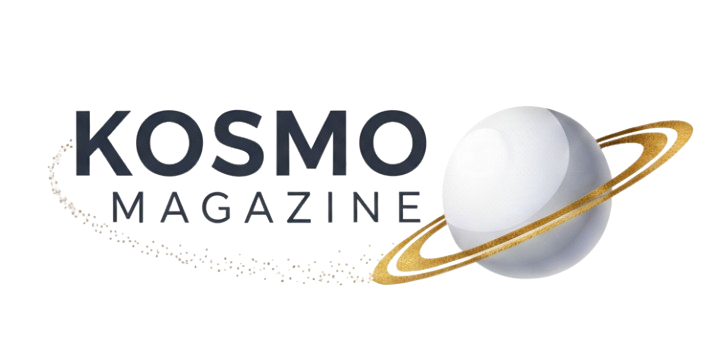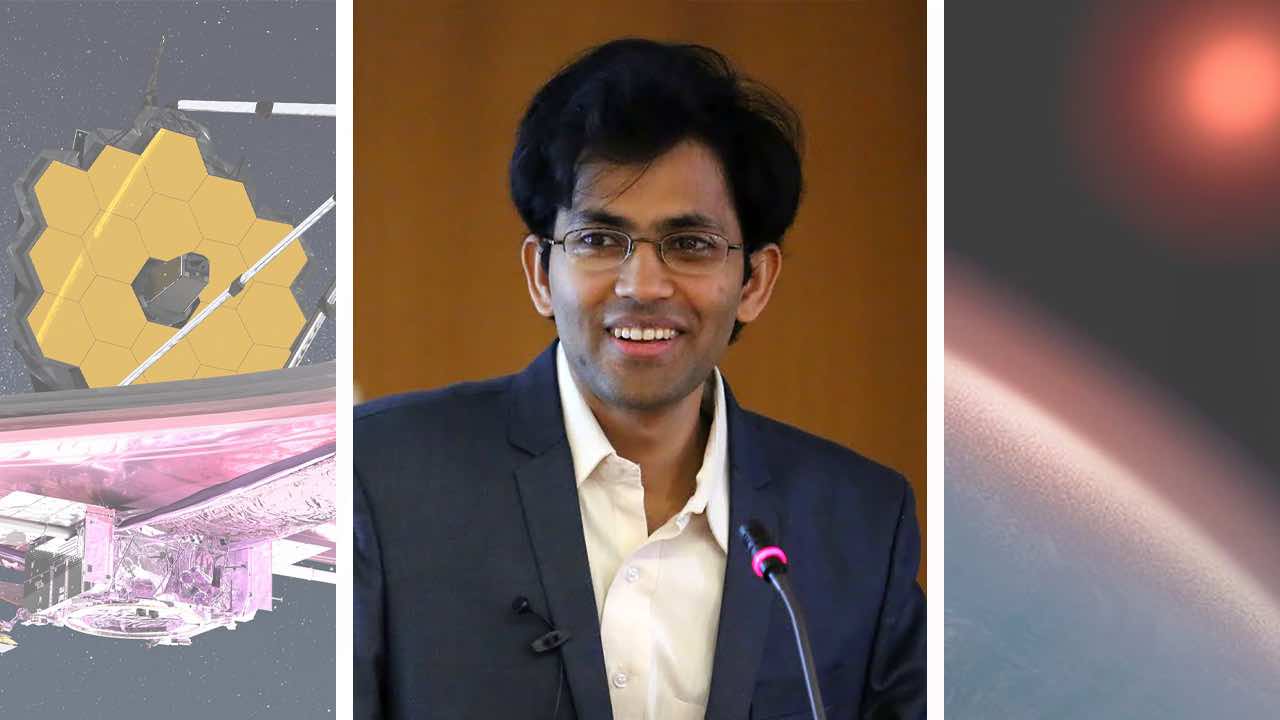We met Nikku Madhusudhan, Professor of Astrophysics and Exoplanetary Science at the Institute of Astronomy, University of Cambridge (England). Madhusudhan studies the formation of exoplanets, the atmospheres, the planetary chemistry etc. Furthermore, he coined the term “hycean planet” to describe a class of planet which hosts a liquid water ocean beneath a hydrogen-rich atmosphere.
Professor Nikku Madhusudhan is the lead author of the paper that talks about atmospheric composition of exoplanet K2-18b. The latter orbits the cool dwarf star K2-18 in the habitable zone and lies 120 light-years from Earth. Recently, the James Webb Space Telescope discovered methane and carbon dioxide in atmosphere of K2-18b. To read the official research article click HERE.
Is the exoplanet k2-18b a Tidally locked planet? Could the cool dwarf star k2-18 support the life in the habitable zone?
Yes, K2-18 b is thought to be tidally locked. The star can in principle support life in the habitable zone given the right planetary conditions.
When the light from the star filters into the planet’s atmosphere, how can you understand if there is water vapor, hydrogen, or oxygen?
Some of the light passing through the planet’s atmosphere is absorbed by molecules in the planet’s atmosphere, and each molecule absorbs star light at a range of wavelengths. By taking the difference between the star light before and during the transit, we can construct an absorption spectrum, i.e. the fraction of star light absorbed by the planet’s atmosphere as a function of wavelength. This absorption spectrum contains absorption features from the different molecules. We can then compare this observed spectrum with model spectra containing contributions from different molecules to determine which of them are causing the observed absorption. This process is called atmospheric retrieval.
What do you think could be the characteristics of the k2-18b’s ocean?
From the observations and chemical inferences we have so far we can only say that K2-18b most likely has a deep ocean underneath a hydrogen-rich atmosphere. It would likely be a planet-wide ocean and the ocean depth can be over 100 km. However, the temperature and pressure at the surface of the ocean are uncertain, although it is very much possible that the ocean surface is in liquid state with temperature and pressure similar to those of Earth’s oceans.
What do you love most about your job? What emotions did you feel when you discovered some secrets of the exoplanet k2-18b?
My job provides me the opportunity to pursue some of the most fascinating and outstanding questions in nature, particularly about our place in the universe. When we first discovered our findings on K2-18 b we were very surprised and very excited at the same time, an overwhelming feeling.
- Cover image: Nikku Madhusudhan (central photo: people.ast.cam.ac.uk); side photo: NASA GSFC/CIL/Adriana Manrique Gutierrez (first image) / Amanda Smith (second image)

